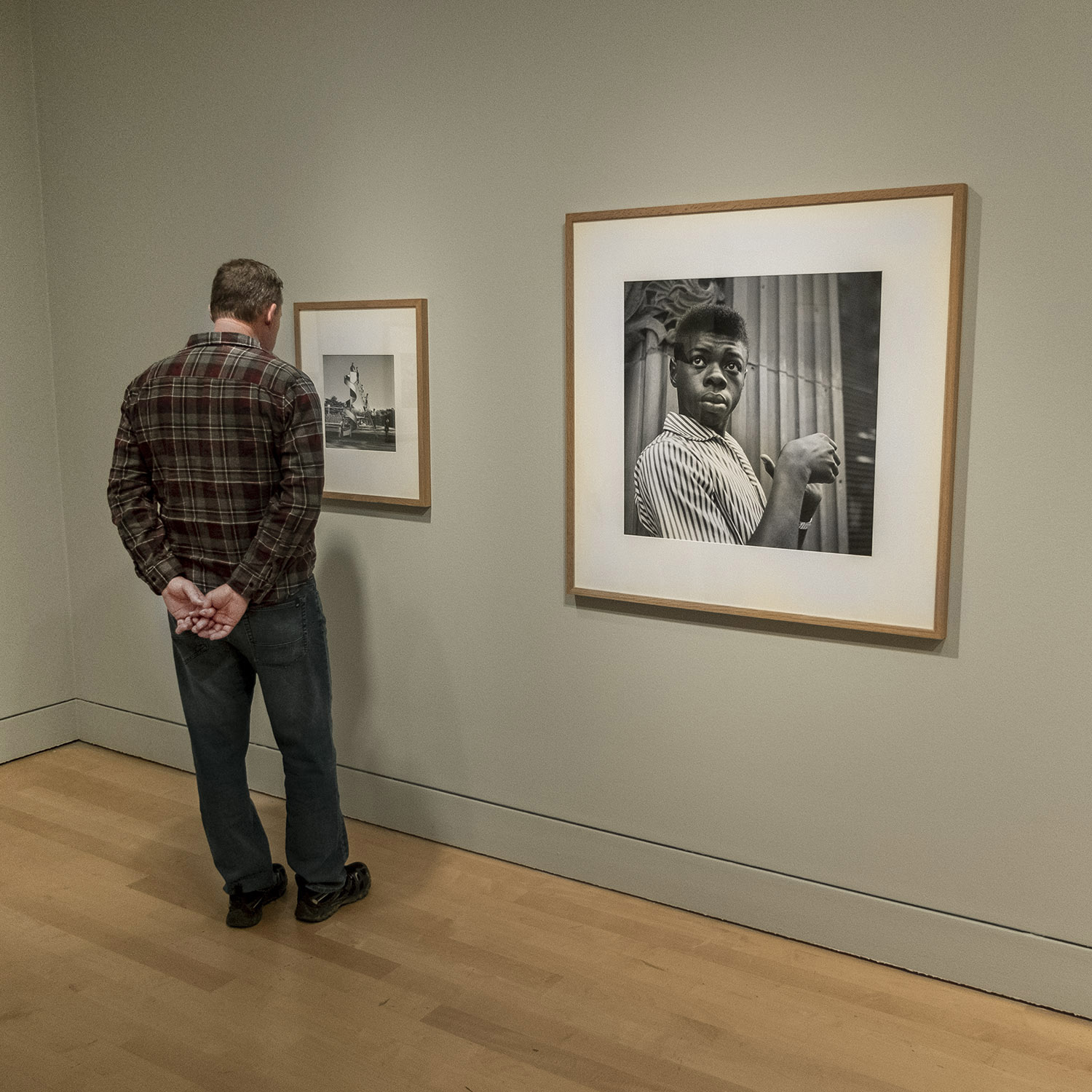
BEGAN THE NEW YEAR WITH PHOTOS – specifically, the photos of Vivian Maier, in a show at the Art Gallery of Hamilton. It was a daddy-daughter date; my oldest is a huge fan of Maier, and has watched the documentary Finding Vivian Maier on Netflix multiple times. I’d never seen Maier’s work outside of books or TV, so it seemed like a good reason for us to take the GO train west to the end of the line.
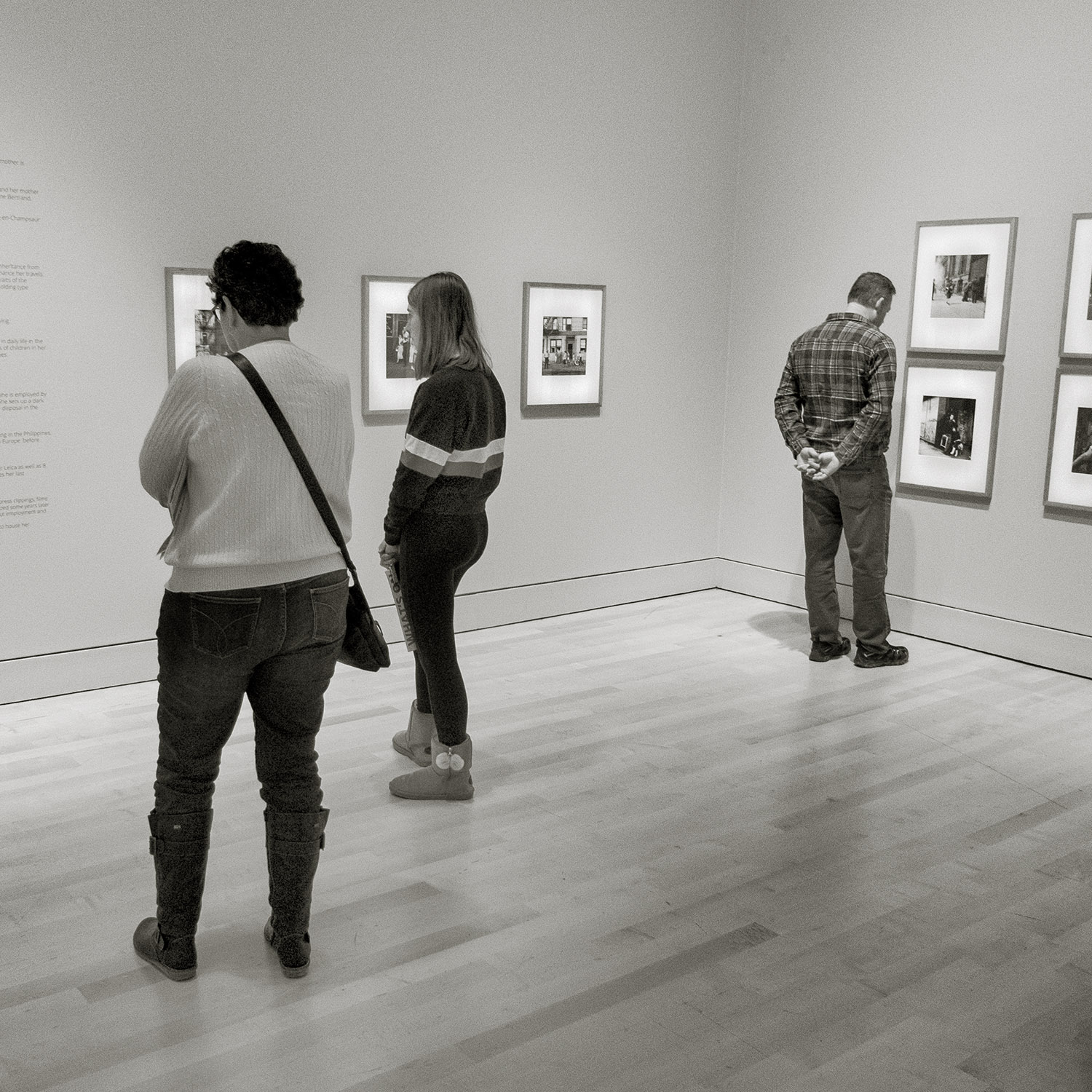
The AGH show is subtitled Street Photographer – which seems a bit redundant since street photography was pretty much all that Maier did. It was basically most of the photos shot on her Rolleiflex that appeared in the 2011 book of Maier’s work – also called Vivian Maier: Street Photographer – plus a selection of the 35mm colour work she did in the ’60s and ’70s, and a room where eight of her rolls of 8mm film were projected in a loop.
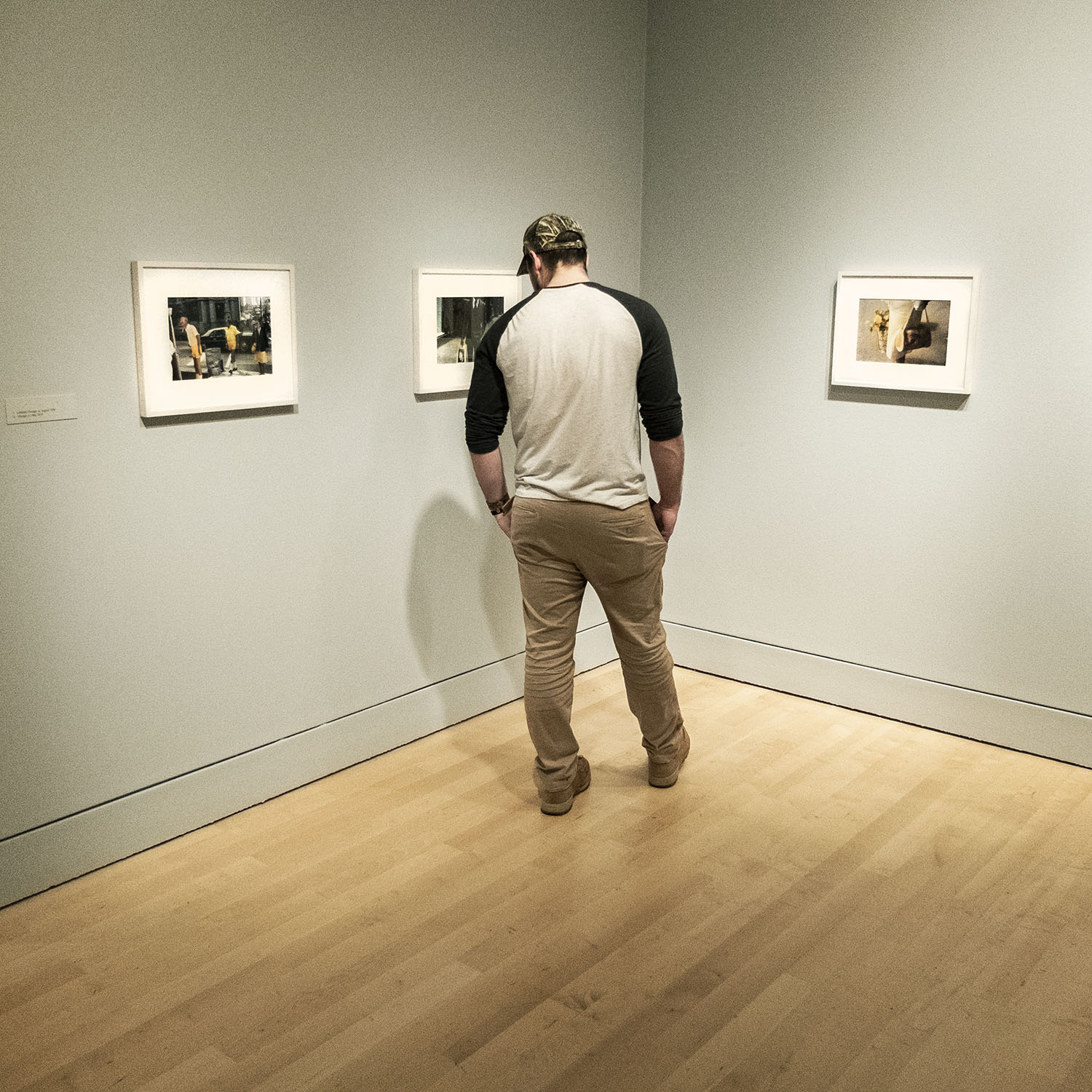
If you know or care about photography, Maier’s story is well-known by now. She worked most of her life as a nanny in New York City and Chicago, taking photos in her spare time and amassing a body of thousands of negatives that went unseen until they were discovered by John Maloof, a Chicago filmmaker and photographer, at an auction of the contents of one of Maier’s storage lockers in 2007.
Maloof knew the value of what he found, and managed to collect together most of Maier’s negatives and photos; he posted them online on a photo blog and on Flickr, and the reception to Maier’s work was overwhelming. It was obvious that these weren’t just snapshots by an eager amateur. Unfortunately Maloof’s Google searches for Maier only found a reference to her in 2009, just a few days after her obituary had been posted.
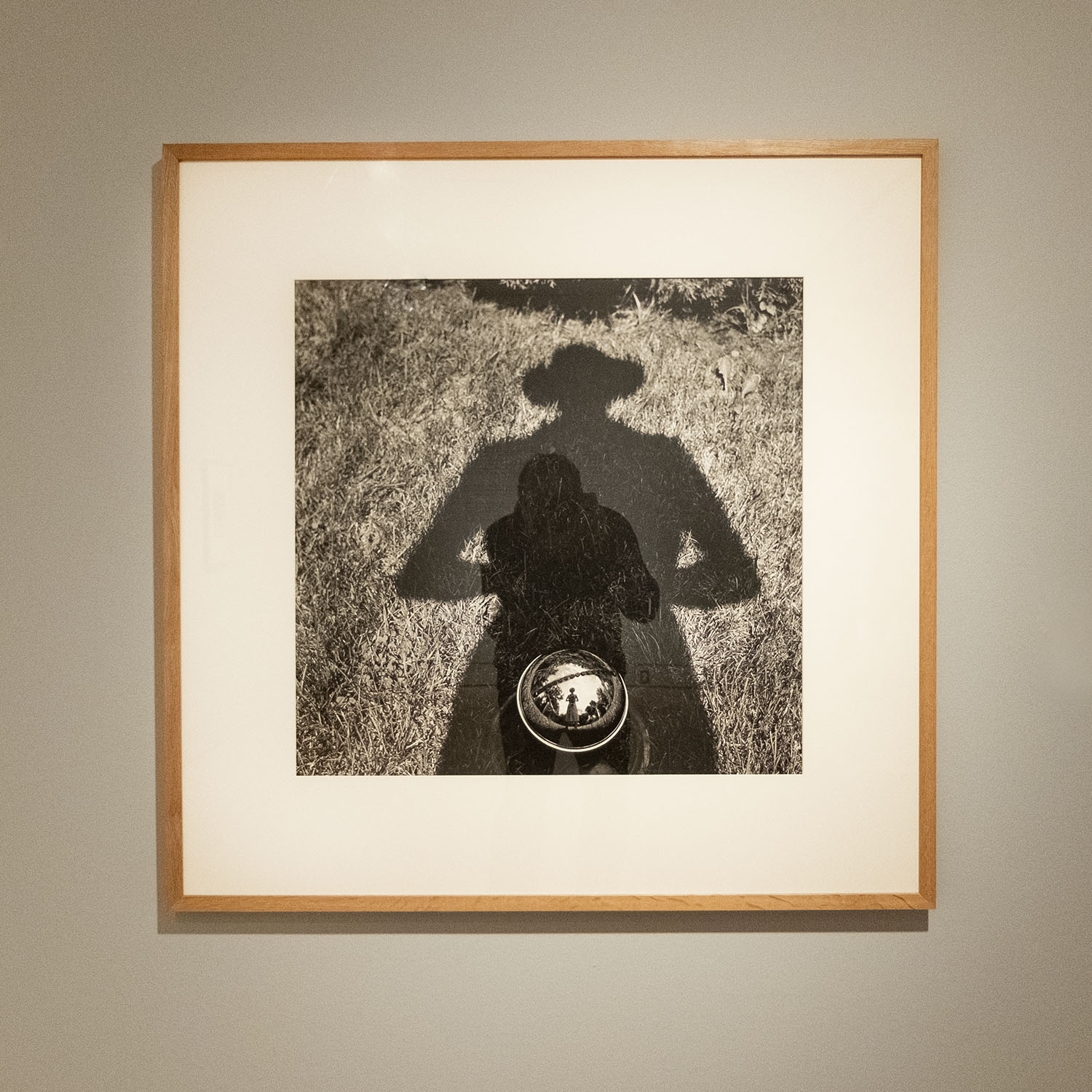
“Had she made herself known she would have become a famous photographer,” said Mary Ellen Mark, while going through Maier’s work with Maloof in Finding Vivian Maier. But she didn’t. For some reason, Maier kept her work to herself for decades while working as a nanny and housekeeper for various families (including Phil Donahue’s) and hoarding tons of things besides film negatives – newspaper clippings, clothes, political memorabilia, bus transfers, mail, uncashed cheques, trash – as she moved from place to place.
The story of Maier’s rediscovery happened around the time I began my old blog. It resonated for me, much the way that the story of Charles Jones did fifteen years earlier – a British gardener whose masterful still life prints of fruit and vegetables were discovered in a trunk at an auction. (Jones’ glass negatives had been destroyed years earlier; his granddaughter recalls him using them to make cloches for young plants.) Even more than with Jones, I identified with Maier; I could imagine my own work languishing in storage boxes somewhere after I was gone, and it probably ended up spurring me to post my photos online.
But the question of posterity is only something that becomes important to an artist after their death, when they can’t do anything about it. Reputation, on the other hand, is something only a living person would care about. Most of the people who knew her say that she wouldn’t have enjoyed the fame she has today when she was alive. She might have resented John Maloof and his efforts immensely. But she hoarded the raw material for a biography, including films and audio tapes and countless self-portraits, which gives the impression of someone fighting against time to preserve a record of themselves.
Apart from the obvious quality of Maier’s photography, that might be one of the things that’s made her story so fascinating – that someone who worked so hard at her art, who obviously understood the value and skill that it showed, would have hoarded it so zealously and shunned the pursuit of reputation. (The shot below, one of my favorites, is an example of how Maier transcends the comparisons that have been made with photographers like Robert Frank, Lisette Model or Diane Arbus.)
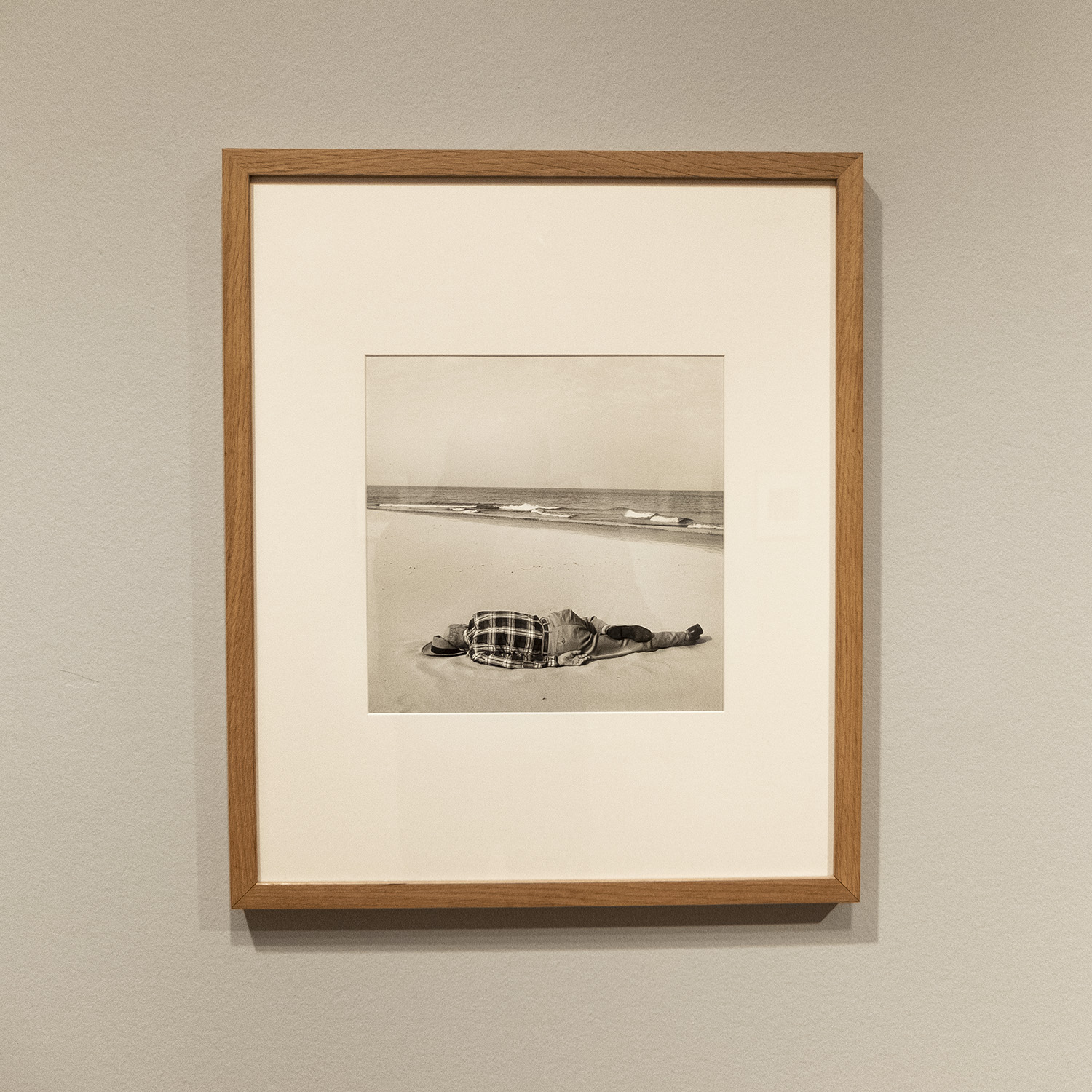
There might not be any way of discovering more about Maier – a truly obscure person who has only accidentally been gifted with posterity – but there are still thousands of images that remain unseen by anyone but Maloof and the people who do his scanning and printing. There might be a Vivian Maier working today, but while Maier’s unwillingness to seek reputation when she was alive kept her from presenting her work to the gatekeepers of the analog world – dealers, agents, curators, editors, gallery owners and patrons – today’s Maier would probably find themselves lost amidst the hosepipe of images flooding every minute from Instagram, Flickr, Facebook, Pinterest, Tumblr, DeviantArt, 500px, VSCO and Smugmug.





Awesome post – I just did a post about a Vivian Maier book two days ago. So good you got to see the exhibition. Thanks for sharing this about my favorite street photographer!
LikeLike